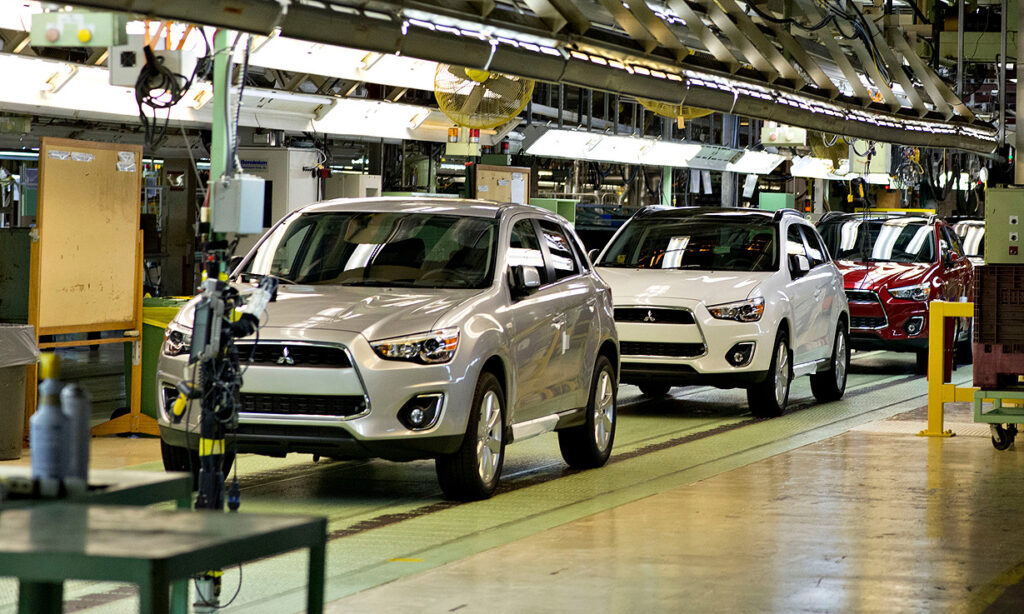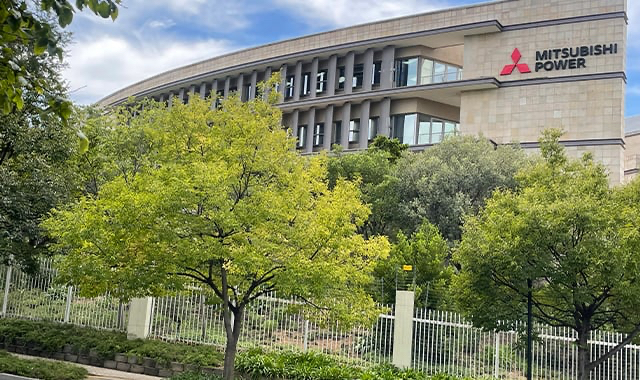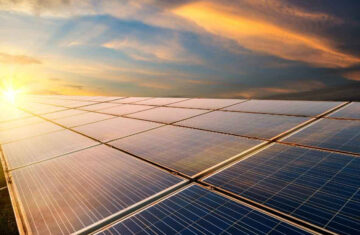Global Energy Landscape — As regional conflicts, political shifts, and extreme weather events increasingly impact the world, the global energy transition faces substantial hurdles. With rising power demand and an urgent need for clean electricity, industry leaders emphasize the importance of diversifying energy sources and strengthening infrastructure to ensure a sustainable future.
The current geopolitical climate complicates planning and investment in clean energy systems. As power demand escalates, the energy sector must adapt to these challenges while maintaining a focus on renewable energy and hydrogen solutions. The International Energy Agency (IEA) underscores the need for global collaboration to build a resilient energy future.
According to the IEA, global electricity demand is increasing at an unprecedented rate. Each year, the equivalent of the electricity use of the world’s ten largest cities is added to demand. Factors such as the shift towards electric mobility—predicted to have one in two cars globally be electric by 2030—are key drivers of this trend.
Renewable energy sources are crucial for reducing reliance on fossil fuels. The IEA forecasts that from 2023 to 2035, renewables will account for nearly all growth in global electricity needs. However, as coal’s share in power generation drops from 36% in 2023 to 16% by 2035, natural gas will also play a significant role in ensuring grid reliability alongside renewables.
Hydrogen is emerging as a vital solution to bridge the gap between reliability and clean energy. The ACES Delta project, a collaboration between Mitsubishi Power and Chevron, aims to produce up to 100 metric tons per day of green hydrogen, demonstrating the potential of hydrogen as a stable energy source. This facility is set to become one of the world’s largest hydrogen production and storage sites, crucial for meeting rising clean energy demands.

Since 2020, investment in clean energy technologies has surged by 60%, according to the IEA. However, there is a pressing need for equitable investment across all regions. Emerging markets and developing economies outside of China received only 15% of total clean energy investments, highlighting the need for policymakers and industry leaders to ensure that no region is left behind.
The choices made today will shape the energy landscape for future generations. As the IEA warns, without resilient and reliable energy sources, disruptions from geopolitical tensions and extreme weather events remain a significant risk. Energy resilience is essential not just for power plants but also for communities, schools, hospitals, and businesses.
Investment in transmission and distribution grids is projected to reach $690 billion annually by 2030. Companies like Mitsubishi Power are taking proactive measures by operating advanced hydrogen-fueled gas turbines and utilizing the TOMONI digital platform to optimize equipment performance. This holistic approach ensures reliability throughout the entire energy supply chain.
The energy sector must act decisively to foster a clean, secure, and affordable future. By prioritizing infrastructure development, accelerating clean energy adoption, and encouraging technological innovation, industry leaders can navigate the complexities of the energy transition. Collaborative efforts, innovative solutions, and strategic investments are essential for building a sustainable energy future that benefits everyone.



